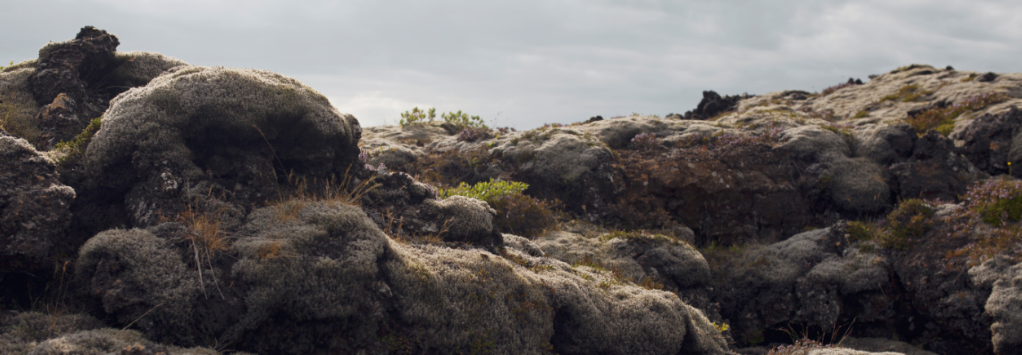Icelandic Bassoon Music
A Historic Overview
In the wake of the thousand-year anniversary of the settlement of Iceland in 1874, Icelanders experienced a major musical reawakening. Promising instrumentalists were sent abroad to be educated in music, and some of them practiced composition, mostly writing songs in the spirit of Schubert and Schumann. Iceland’s musical culture came gradually into its own. The Reykjavík College of Music was founded in 1930, and in 1950 the Iceland Symphony Orchestra became a reality.
Many fine European musicians moved here before and after the Second World War, and their influence on the development of musical education in Iceland was tremendous. At first the focus was on making up for lost time, with little space for unconventional music. A sea change occurred in 1959, when a few emerging young musicians joined forces and founded Musica Nova. From then on, the fresh winds of the avant-garde began to reach Iceland. The last several decades have seen rapid progress, and the musical culture in Iceland today is diverse, ambitious and progressive.
The First Solo Work
The bassoon is a little-known solo instrument, however the 20th century brought a growing interest among composers to write for instrument that had received little attention. The first solo work for bassoon was composed in 1968*. The pioneer was Atli Heimir Sveinsson, who had just returned from his studies in Germany, where he attracted attention for avant-garde composition. He wrote the piece in an unconventional way, and in the spirit of Stockhausen, he wanted the performer to exert a significant influence over the creative process. The piece, entitled Fönsun IV, is the fourth in a series of works bearing the same name. Atli Heimir dedicated Fönsun IV to bassoonist Sigurður Markússon, but like many other works from this period, it was never performed. More on Fönsun IV.
New Commissions
When I decided to embark on this project in 2007, I discovered that the youngest works for solo bassoon were composed in the last century. I thought it imperative to remedy this and asked Anna Þorvaldsdóttir to write a solo piece for me. We had worked together for a time at the Iceland Music Information Centre. Anna was a young and promising composer whom I had great faith in and was about to depart for further study at the University of California, San Diego. The work Elements was written by Anna that fall with support from the Music Innovation Fund. Anna is now an award-winning and popular composer.
In 2012, I received a three-month artists’ stipend and commissioned another piece from composer Hafdís Bjarnadóttir. Hafdís has a different approach to music than the other composers. Her background as an electric guitarist is in rhythmic music, and this is reflected in her compositions. I found this an interesting approach and an ideal way to create diversity. I premiered the piece Já! for bassoon and playback in two recitals in the fall of 2012.
______________________________________________________________________________
* The Austrian musician Páll Pampichler Pálsson, who worked in Iceland 1949-1993, wrote a concerto for bassoon and orchestra around 1960 for his fellow countryman Hans Ploder, who served as the principal bassoonist of the Iceland Symphony Orchestra from 1952 to 1991. The concerto was broadcast on the radio by the National Broadcasting Service in 1961.
